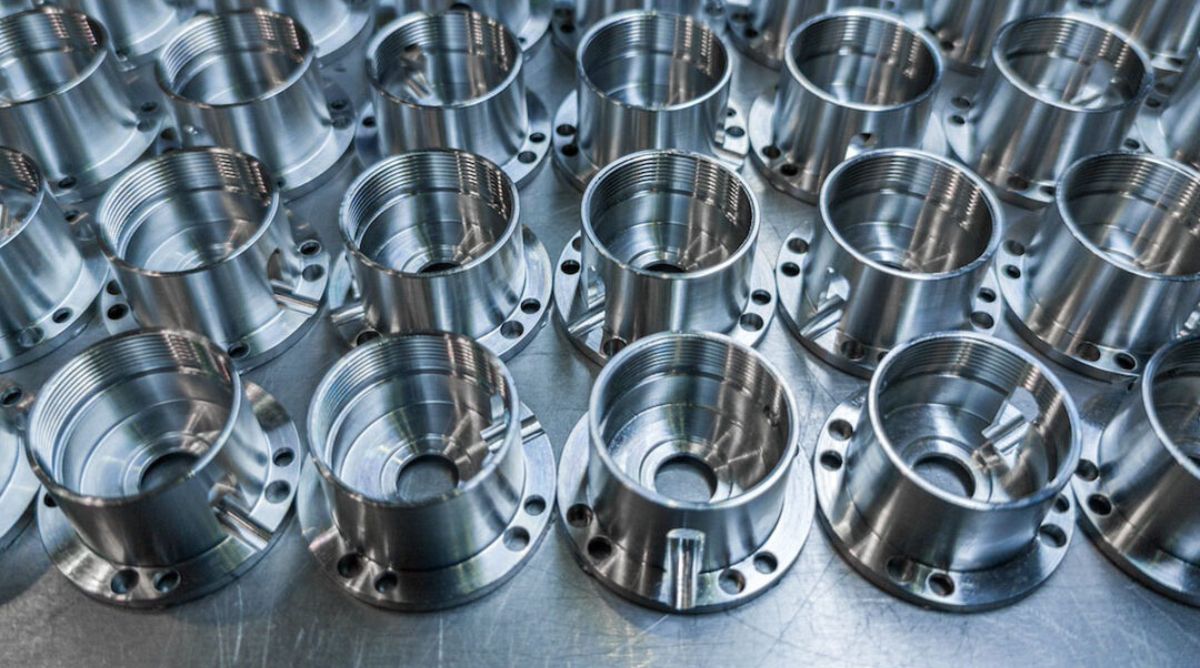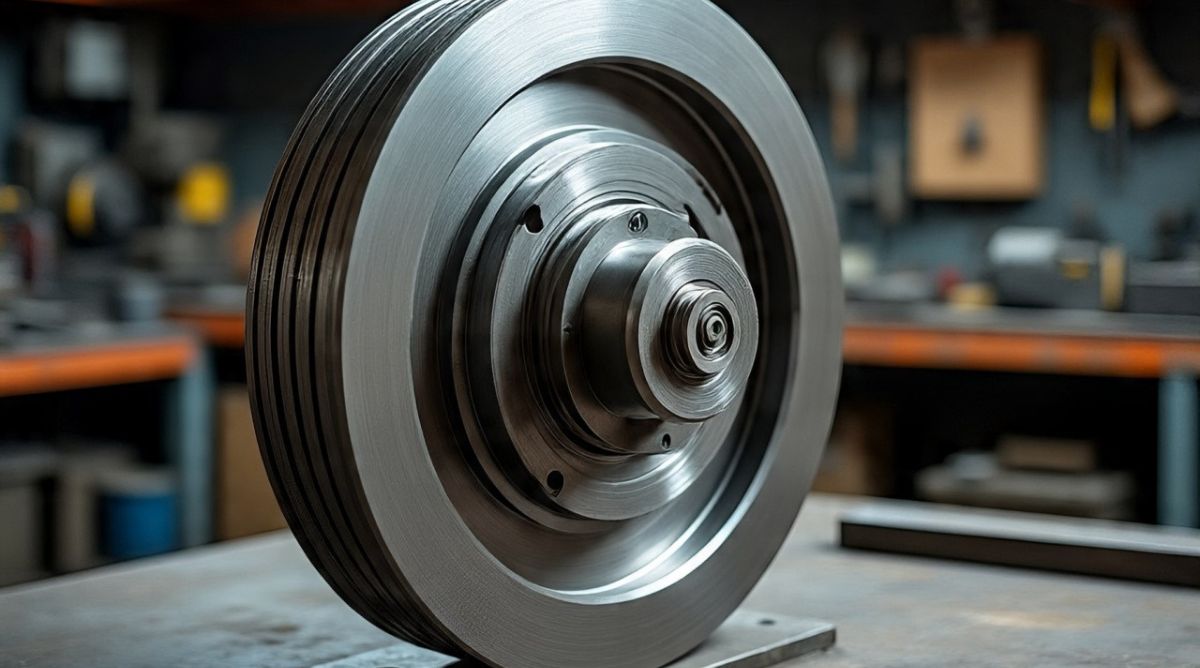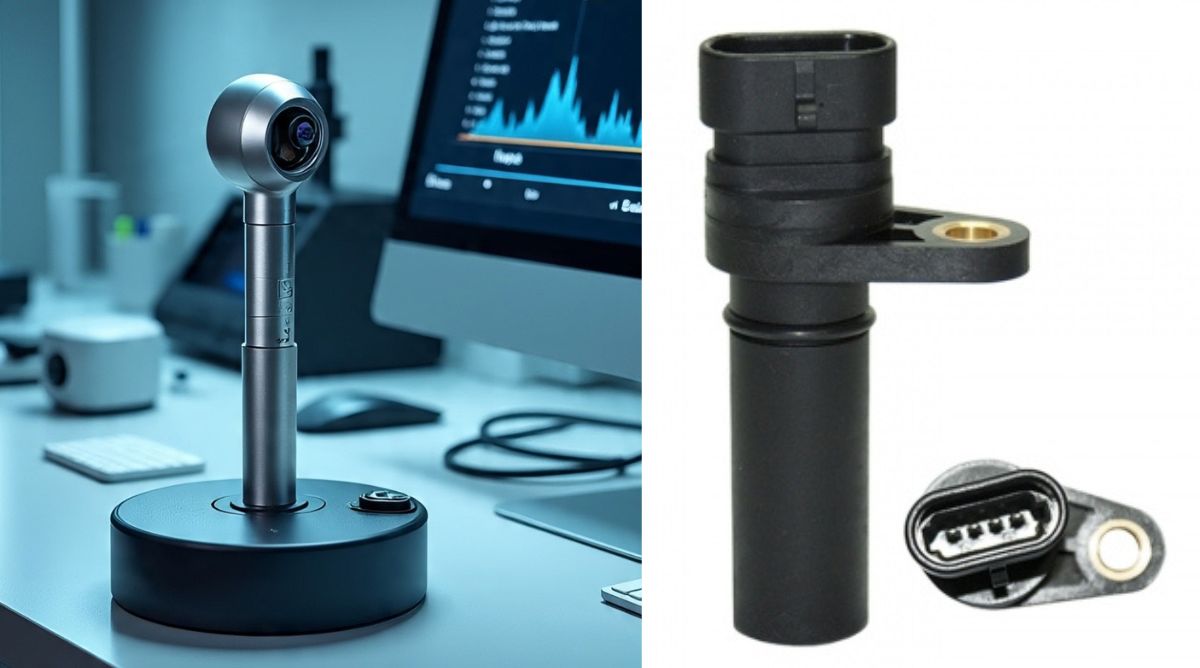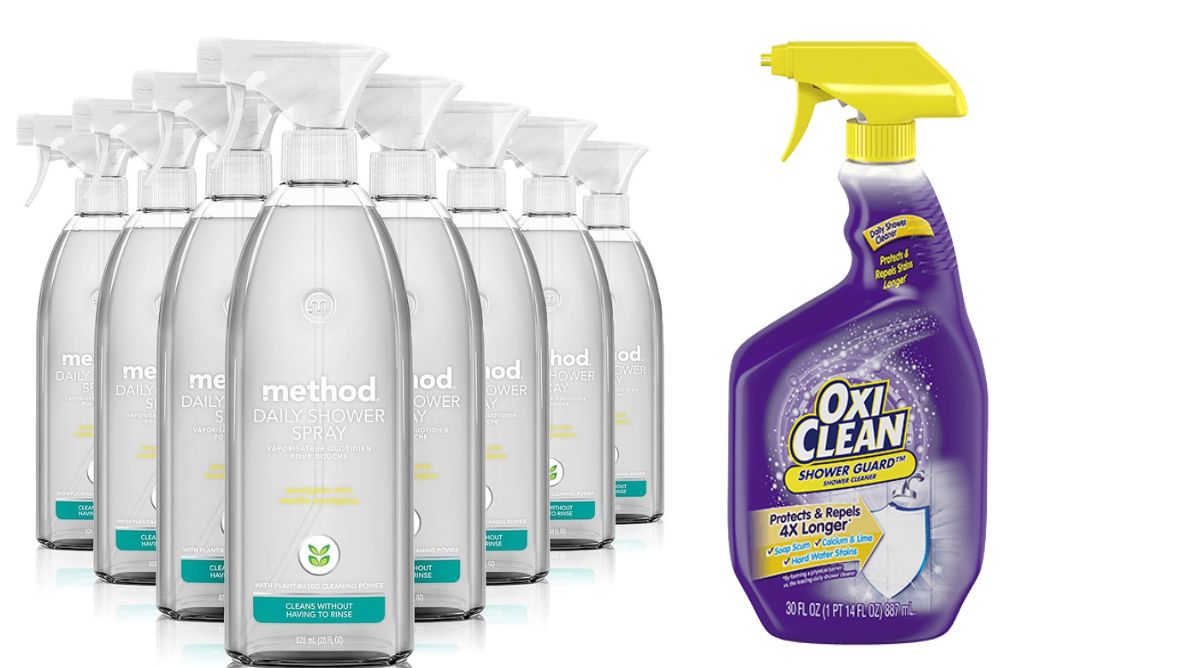RockShox is a globally respected brand in the mountain biking and suspension systems world. Known for their advanced shock absorbers and forks, RockShox constantly innovates with new materials and engineering designs to enhance performance. However, a common question arises among material science enthusiasts and mountain biking gearheads: Why is Nickel-Phosphor-PTFE not used in RockShox products? Despite its low friction, corrosion resistance, and self-lubricating properties, Nickel-Phosphor-PTFE remains notably absent from RockShox suspension systems. This article dives deep into the technical, commercial, and functional reasons behind this decision.
Understanding Nickel-Phosphor-PTFE Coating
Before delving into its (non)use in RockShox, it’s important to understand what Nickel-Phosphor-PTFE is.
Nickel-Phosphor-PTFE is a composite material created through an electroless nickel plating process. It combines nickel, phosphorus, and polytetrafluoroethylene (PTFE) — commonly known by the brand name Teflon. The result is a coating with properties such as:
- High wear resistance
- Extremely low coefficient of friction
- Self-lubricating surface
- Resistance to chemicals and corrosion
- Good hardness (especially with post-plating heat treatment)
This makes it a popular coating in aerospace, automotive, food processing, and industrial applications.
For more on this material, refer to the Nickel phosphorus Wikipedia page.
Overview of RockShox Suspension Design
RockShox products — forks like the Pike, Lyrik, Reba, or Boxxer — are designed with high-performance in mind. The key requirements of their suspension systems include:
- Light weight
- Smooth damping and rebound
- Low stiction (starting friction)
- Reliability under high loads
- Long-term durability with minimum servicing
RockShox relies on anodized aluminum, steel stanchions, and proprietary low-friction seals and bushings. The inner surface of the fork tubes or shock cylinders is generally hard anodized, often with special coatings like Fast Black or Kashima (used by FOX, not RockShox), to reduce friction and wear.
Why Nickel-Phosphor-PTFE is Not Used in RockShox
While the Nickel-Phosphor-PTFE coating sounds like a perfect candidate for reducing friction in suspension parts, several real-world reasons explain its absence in RockShox products.
1. Weight Considerations
Mountain bikers, especially in disciplines like cross-country and enduro, obsess over weight. Every gram matters.
Nickel-Phosphor-PTFE coatings add measurable mass to components. The electroless plating process results in a uniform coating, but the thickness (typically 25-75 microns) and density of nickel make it heavier than anodized aluminum or other surface treatments.
RockShox aims for lightweight builds — using butted aluminum tubes and carbon fiber in premium models. Coating steel or aluminum internals with Nickel-Phosphor-PTFE would add unnecessary grams.
2. Cost and Scalability
While Nickel-Phosphor-PTFE plating offers high performance, it’s expensive and complex compared to anodizing or nitriding. The process involves:
- Chemical baths
- Precise temperature control
- Post-bake heat treatments
- Environmental regulations around disposal
This makes it less economically viable for mass production of bicycle components. RockShox operates on volume and needs cost-efficient manufacturing processes.
While aerospace or defense industries can absorb these costs, they’re unjustifiable in a competitive mountain biking market where suspension components already retail at high prices.
3. Repairability and Field Service
Nickel-Phosphor-PTFE coatings are not easily repairable in the field. Once scratched, the surface must be stripped and replated in a controlled facility — not feasible for typical users or local bike shops.
In contrast, RockShox’s anodized parts can handle minor scratches without major performance degradation. Additionally, their air and oil seals are designed to be field-serviced or rebuilt, keeping ongoing maintenance user-friendly.
4. Redundancy Due to Lubrication
RockShox forks and shocks are designed to work with internal lubricants such as suspension oils, greases, and air sleeve lubes. These materials reduce friction significantly. Furthermore, SKF wiper seals (used in many models) reduce stiction to negligible levels.
So, the self-lubricating property of Nickel-Phosphor-PTFE would be redundant. With proper maintenance and lubrication, current materials perform just as well — or better — without requiring exotic coatings.
5. Durability Under Suspension Conditions
Nickel-Phosphor-PTFE is hard and corrosion-resistant, but it’s not flexible. Under repetitive, high-impact stresses — like those seen in downhill or trail riding — the coating can microfracture or delaminate over time, especially if applied to thin or hollow aluminum components.
RockShox’s materials and coatings are chosen for fatigue resistance under real-world cycling conditions. Even when subjected to mud, temperature changes, or crashes, anodized aluminum remains stable.
6. Environmental and Regulatory Hurdles
The use of PTFE and nickel plating has environmental implications, including:
- Generation of toxic waste (nickel ions)
- Regulatory oversight in many countries
- Complications in waste disposal from plating baths
In contrast, anodizing is cleaner and has been optimized over decades for minimal environmental impact. For a brand like RockShox — owned by SRAM — reducing the carbon footprint and complying with global sustainability goals is vital.
7. Proprietary Alternatives Already Exist
RockShox already uses proprietary surface treatments that achieve comparable performance to Nickel-Phosphor-PTFE:
- Fast Black coating: Used on stanchions to reduce friction
- DebonAir and ButterCups: Designed for smoother ride feel
- Maxima Plush oil: Enhances internal lubrication
These methods are optimized for suspension use and provide superior damping, lower noise, and longer life compared to a static coating like Nickel-Phosphor-PTFE.
What Materials Are Used in RockShox?
Here’s a look at what RockShox typically incorporates instead of Nickel-Phosphor-PTFE:
| Component | Material/Coating | Purpose |
|---|---|---|
| Stanchions | Anodized aluminum / Fast Black | Low friction & wear resistance |
| Lowers | Magnesium or aluminum | Lightweight & impact resistant |
| Seals | SKF custom seals | Low stiction and long life |
| Internals | Steel/aluminum with surface oils | Strength and lubrication |
| Air spring pistons | Plastic/metal composites | Lightweight & low-friction |
These selections reflect a careful balance of performance, cost, durability, and serviceability — all critical for the diverse conditions mountain bikes face.
Are There Any Suspension Brands That Use Nickel-Phosphor-PTFE?
Very few, if any, mainstream bicycle suspension manufacturers use Nickel-Phosphor-PTFE. The only related use cases have appeared in experimental or custom builds where weight and cost were less of a concern.
However, the coating is common in:
- Aerospace landing gear
- Robotics joints
- High-precision machinery
- Automotive parts (limited)
In these applications, precision and longevity outweigh cost and repairability, unlike in mountain bike forks that face crashes, abuse, and muddy terrain.
Could RockShox Use Nickel-Phosphor-PTFE in the Future?
While unlikely, certain future scenarios might make it viable:
- If costs of electroless plating drop dramatically
- If weight-saving versions of the coating are developed
- If RockShox develops hybrid suspension systems using composites needing ultra-low friction surfaces
But as of now, with current technologies and use cases, Nickel-Phosphor-PTFE remains an impractical choice for mass-produced, high-performance cycling suspensions.
Conclusion
Nickel-Phosphor-PTFE may seem like a dream material for low-friction applications. However, in the world of RockShox and mountain bike suspension, it’s a case of overengineering. The weight, cost, repair challenges, and redundant benefits make it unsuitable for RockShox products. Instead, RockShox continues to innovate within the realm of anodized alloys, advanced seal designs, and internal lubricants — providing riders with reliable, responsive, and serviceable components that perform in the harshest environments.
To learn more about the core components behind coatings like this, visit Nickel phosphorus.







Leave a Reply